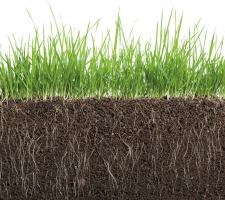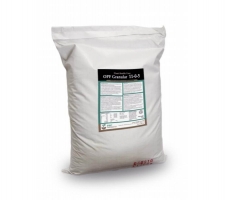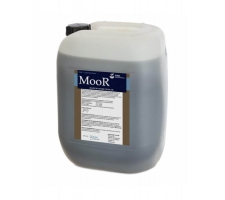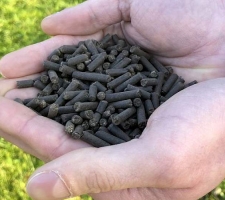Soil innovations
The soil is our treasure chest
Healthy soil is essential for growing strong, healthy plants. It also makes plants less susceptible to pests, diseases and stress and allows them to perform optimally. Two factors are crucial for healthy soil: mycorrhizae and beneficial soil bacteria.
Products
Beneficial soil fungi
In nature, 95% of plants live in association with mycorrhizae: beneficial soil fungi which extend the root area of the plant. This can increase the absorption capacity of the roots by up to 700%, enabling plants to take up water and nutrients more easily and more efficiently. These beneficial microorganisms also colonise the area around the roots, leaving fewer openings for pathogens.
Plants which do not have beneficial mycorrhizae and soil bacteria around their roots are vulnerable, resulting in weaker growth and low resistance to pests and diseases.
Mycorrhizae
Mycorrhizae live in symbiosis with plants. The plant supplies the beneficial fungi with sugars. Their several metre long, microscopically thin fungal threads (hyphae) extend to places which plant roots cannot reach. Thanks to this extended root system, it is easier for plants to find water and nutrients and they are more resistant to drought, temperature fluctuations, acidity (pH) and soil compaction.
Soil bacteria
Soil bacteria live on organic material. They mainly occur in the humus-rich topsoil which is approximately 25 cm deep and contains a large amount of digestible organic material, such as discarded root cells and excreted sugars.
Healthy soil contains billions of bacteria and there are thousands of different types.
Rhizobacteria (root bacteria) colonise the soil surrounding the roots (rhizosphere) and protect the roots, thus promoting healthy plant growth.
Growth-promoting bacteria produce natural growth regulators which stimulate root condition and growth, such as auxins, gibberellins and cytokinins.
Phosphate-releasing bacteria increase phosphate availability to the plant.




